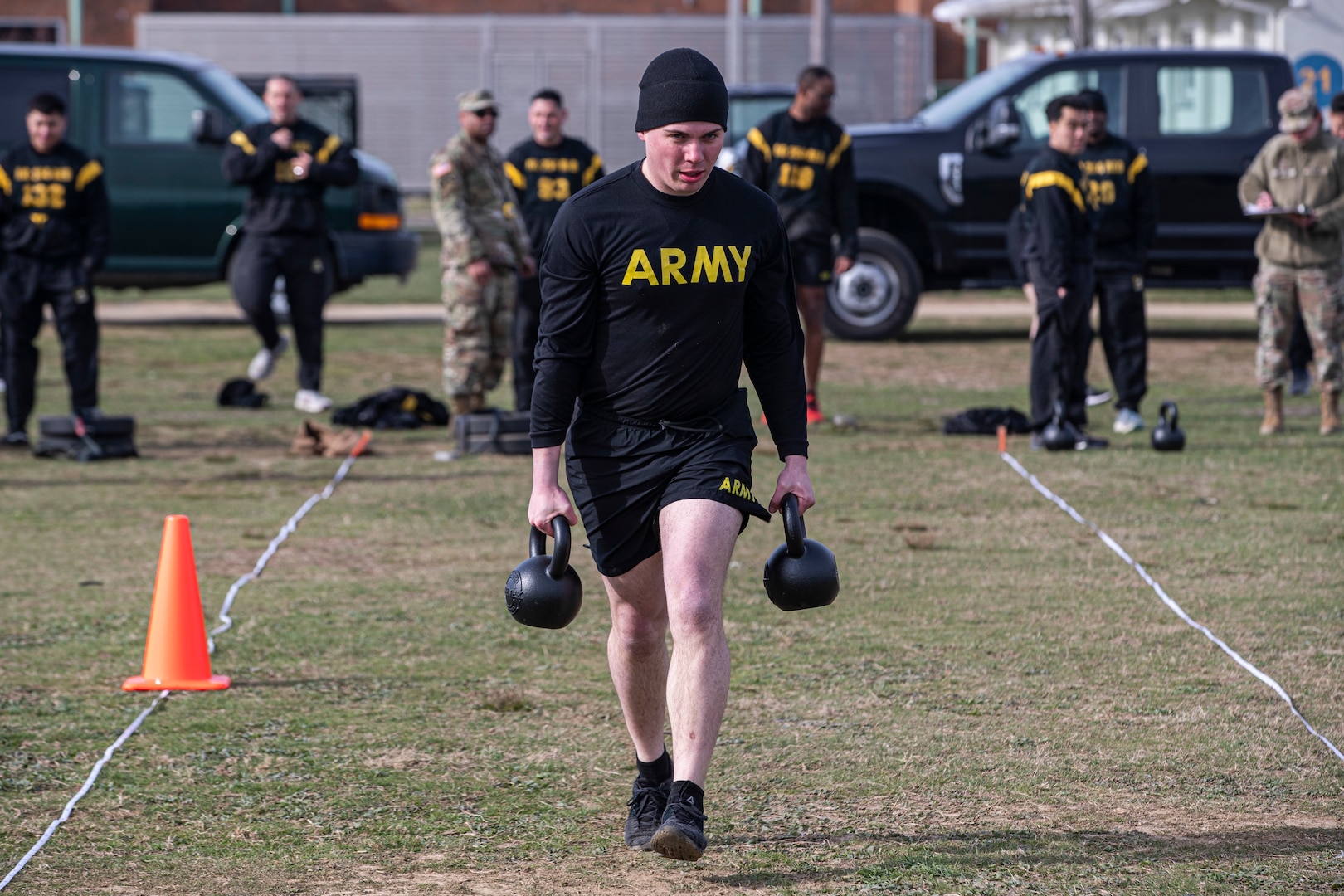Mastering the Art of Testing Fitness Speed: A Comprehensive Guide
Mastering the Art of Testing Fitness Speed: A Comprehensive Guide
Blog Article
How to test fitness speed is not just about running fast; it's about understanding your body's capabilities, tracking progress, and optimizing performance. In this guide, we will delve into the various methods and strategies for effectively testing fitness speed, ensuring that you can push your limits and achieve your fitness goals.
Why Test Fitness Speed?
Performance Assessment
Testing your fitness speed provides valuable insights into your current performance levels. It serves as a benchmark to track improvements over time.
Injury Prevention
Understanding your speed limits can help prevent overexertion and reduce the risk of injuries. It allows you to tailor your training to stay within safe limits.
Personalized Training
By knowing your speed, you can create personalized training programs that target your specific needs and goals. This can lead to more efficient workouts and better overall performance.
Effective Methods for Testing Fitness Speed
1. Sprint Tests
Sprint tests are a simple yet effective way to measure speed. Here's how to conduct a sprint test:
- Preparation: Warm up properly to prevent injuries.
- Execution: Sprint a specific distance, such as 100 meters, as fast as you can.
- Measurement: Use a stopwatch to record your time.
2. Timed Runs
Timed runs involve running a set distance and recording your time. This method can be used for various distances, such as 1 mile or 5 kilometers.
3. Interval Runs
Interval runs combine short bursts of high-intensity running with rest periods. This method helps improve speed and endurance.
4. Speed Workouts
Speed workouts involve structured training sessions focused on improving speed. These workouts often include drills and intervals to enhance speed and agility.
Factors Affecting Speed Testing
Surface Type
The type of surface you run on can affect your speed test results. For accurate comparisons, use the same surface for all tests.
Footwear
Proper footwear is essential for speed testing. Choose shoes that provide support and traction for optimal performance.
Weather Conditions
Weather conditions, such as wind and temperature, can impact your speed. Try to test under similar conditions for consistent results.
Frequently Asked Questions (FAQs)
Q1: How often should I test my fitness speed?
It's recommended to test your fitness speed every 4-6 weeks to track progress and adjust your training as needed.
Q2: Can I improve my speed with training?
Yes, consistent training focused on speed work, strength training, and proper technique can help improve your speed over time.
Q3: What is the best method for beginners to test speed?
For beginners, sprint tests over shorter distances are a good starting point to gauge speed and progress.
Q4: Do I need special equipment for speed testing?
Basic speed tests can be done with just a stopwatch. More advanced tests may require additional equipment such as cones or timing gates.
Q5: How can I ensure my speed test results are accurate?
To ensure accuracy, perform tests in similar conditions each time, warm up properly, and use reliable timing methods.
Conclusion
How to test fitness speed is an essential part of improving athletic performance. By understanding the various testing methods and factors that can affect your speed, you can effectively track your progress and tailor your training for optimal results. Report this page
